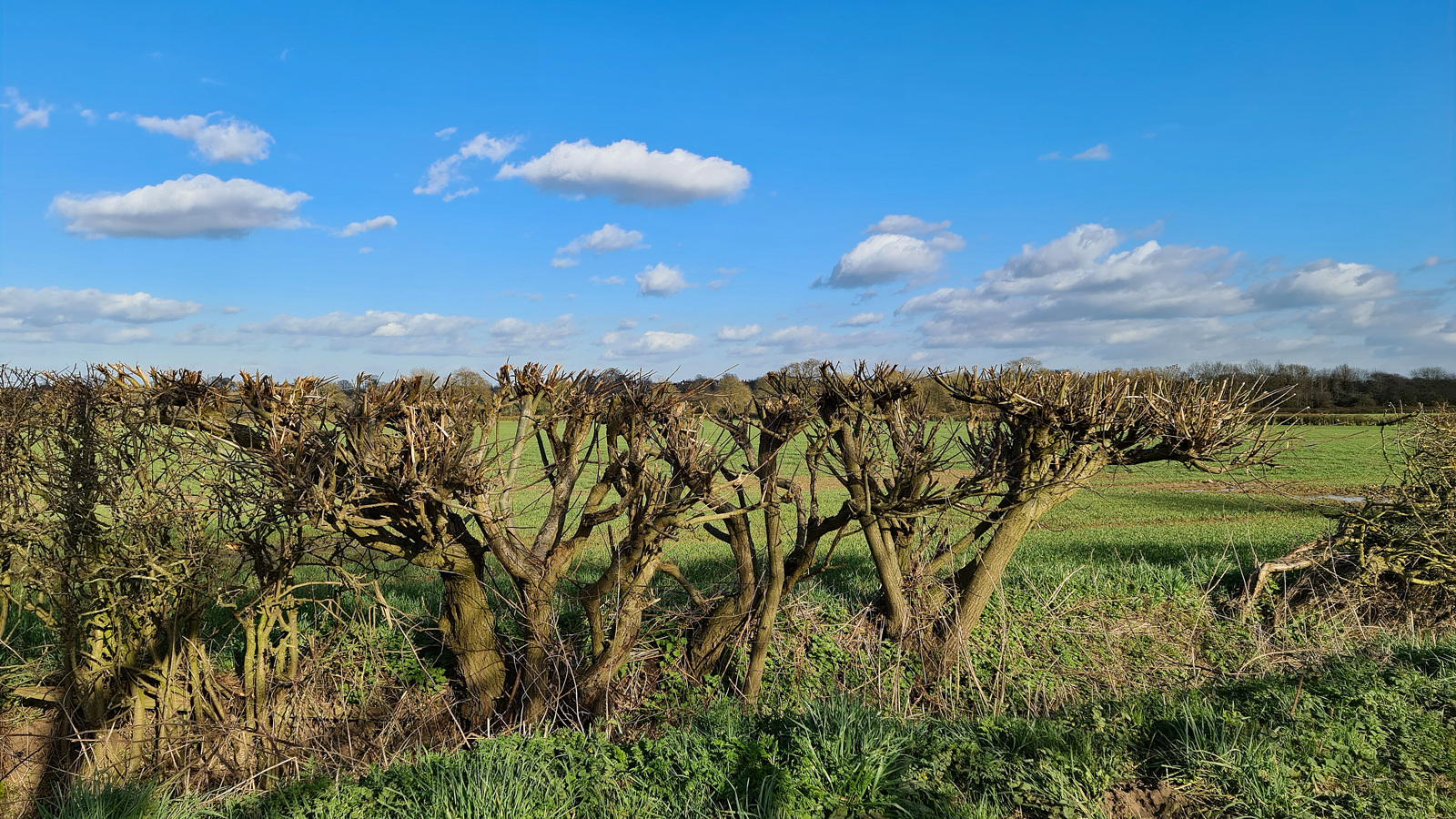No, nothing to do with managing pooled investment funds or the Cheltenham Gold Cup. Recently there was an interesting thread on Twitter about hedge management, this one:
But, I would happily bet a large sum that the vast majority of hedgerows are
badly managed and trashed, hence the regular consternation from people not
impressed by cutting. I think that the problem is that most hedgerows that
people see border fields and farmland, and they are managed by farmers who
just see the hedgerow as a cheap means of partitioning land and segregating
fields from roadways and people. They are not managed sensitively with the
benefits of a hedgerow to wildlife in mind.
The hedgerows down the lane here are classic examples of being badly managed.
They are cut every year (at least once, sometimes twice). They are cut to
around the same height and width, leaving trashed stems and scar knuckles. The
hedges are losing structure and density, don't offer much blossom/fruit and
are in desperate need of rejuvenation. Here are some examples from this week
(hedges were cut in mid-January) ....
Even if they were managed better, the hedgerows along here are lacking in
diversity. They are mainly hawthorn and Ulmus sp., and other shrubs are few
and far between. Within the hedges are a few trees, and the odd sapling that
will never amount to much as they are cut the same. Believe it or not, the
middle image above shows a group of Goat Willows ....
I'm sure I'll get some shots of these hedges through the year for comparison.
Bumpy bits on hogweed stems
Spotty bits on burdock stems









3 comments:
I was glad to see what I presume was an activist group draping mesh netting over hedges, even whole trees upon occasion, presumably as a deterrent to the awful ravages of the mechanical flail. Thank goodness our hedges and their associated wildlife are in such safe hands..............
Ah! The 'click on the pictures' thingy has gone, excellent!
Yes, we had the dreaded nets down the lane a few years agobwhen they were about to cut through and construct a service road for expanding the estate. They probably needn't have bothered as the hedgerow is so poor.
I've had to identify traffic lights and bicycle to post this so don't get too excited!
Post a Comment